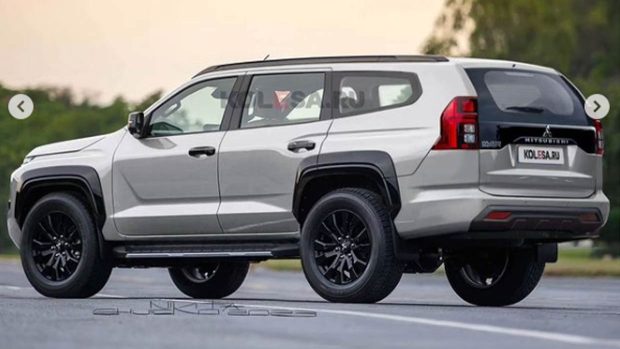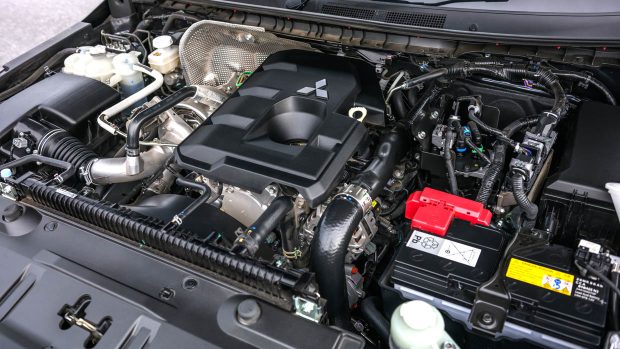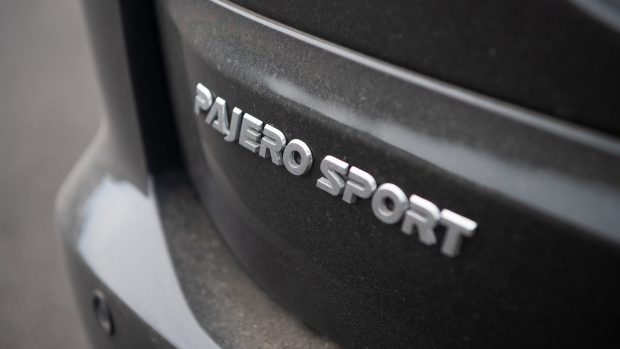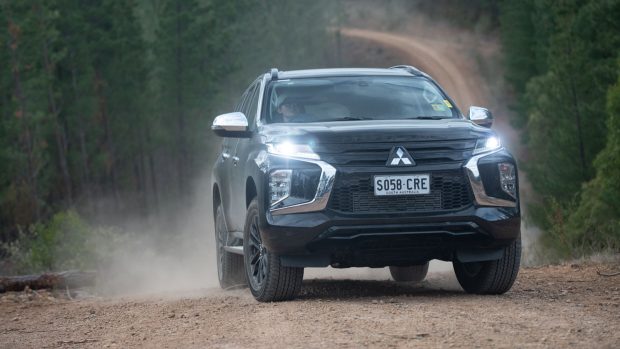-
Car Reviews
- Car News
-
Car Comparisons
Latest comparisons
- Chasing Deals
An all-new version of Mitsubishi’s legendarily tough Pajero Sport SUV is inbound. Here’s what to expect
Mitsubishi has all-but confirmed a new, fourth-generation Pajero Sport is inbound, built on the same platform as its all-new Triton dual-cab ute and expected around 2025.
The next-generation Pajero Sport will be all new and take on other ladder-frame SUVs such as the Ford Everest, Toyota Fortuner and Isuzu MU-X with a much improved interior, more advanced safety suite and a more powerful and fuel-efficient engine.
Renowned for its off-road ability and ladder-frame-chassis robustness, the current third-generation Pajero Sport commenced production in 2015. Its replacement is expected to also be a five- or seven-seater with, of course, proper all-terrain all-wheel drive.
“Pajero Sport is in development, and I think Mitsubishi [HQ] has been fairly open about that,” Mitsubishi Australia CEO Shaun Westcott told Chasing Cars.
We know precious little about the next-generation Pajero Sport, though much can be drawn between the technical providence of Pajero and Triton in past generations and known intel on the incoming, all-new, sixth-gen pickup. Mitsubishi will release details about the new Pajero Sport closer to its anticipated 2025 arrival.
The new-generation Pajero Sport is expected to use an all-new 2.4-litre twin-turbocharged turbo-diesel four-cylinder producing 150kW and 470Nm – representing increases of 17kW and 40Nm over the current model. Crucially, maximum torque would be available from a minimum of 1500rpm, an improvement from the current vehicle’s 2500rpm.
It’s possible the Pajero Sport would share the new Triton’s 3500kg braked towing capacity, up 400kg on the existing model.
The new Pajero Sport will share its interior with the all-new Triton. That means a totally overhauled and modernised experience, jumping from 2005 to 2025 for cabin ambience in one fell swoop.
The 2024 Triton, which appears much like an Outlander inside, features a partially digital instrument cluster with a 7.0-inch screen. Meanwhile, multimedia is a 9.0-inch central touchscreen with wireless Apple CarPlay and wired Android Auto. In the top-spec models, there are front seat heaters and a steering wheel heater.
The new Triton’s wheelbase is 130mm longer, and here’s hope that the same is true with Pajero Sport, whose second-row occupants and boot would doubtless benefit from the additional length and space. At the very least, the new Triton’s extra 49mm of interior shoulder room and 40mm of hip space is something the new Pajero Sport is likely to also benefit from.
Much like the new Triton, the next-generation Pajero Sport is expected to make advancements in dynamics and ride quality with locally-tuned suspension, calibrated for Australian conditions.
A fourth-generation Pajero Sport is likely to benefit from the same safety advancements as the all-new Triton, which features a front-centre airbag, reverse AEB, driver attention monitor and forward collision with junction assist, significantly updating its active and passive safety offering.
Prices will almost certainly rise across the Pajero Sport range, with the current GLX 2WD starting from $44,940 and moving to the range-topping, $62,440 GSR 4WD (both before on-road costs).
Stay tuned to Chasing Cars for the latest on the 2025 Mitsubishi Pajero Sport the moment the news breaks.
Latest news
About Chasing cars
Chasing Cars reviews are 100% independent.
Because we are powered by Budget Direct Insurance, we don’t receive advertising or sales revenue from car manufacturers.
We’re truly independent – giving you Australia’s best car reviews.



